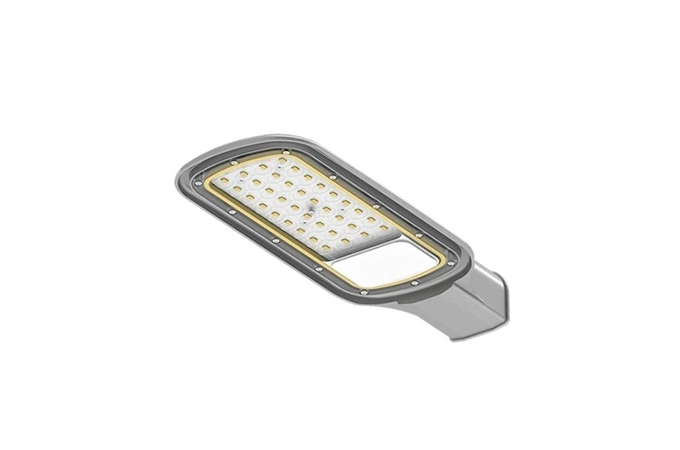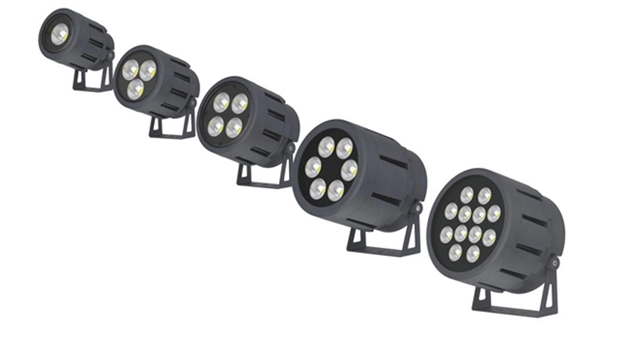English
As swimming has developed, people have increasingly higher requirements for pool facilities while enjoying pool sports. Good venues, equipment, and lighting bring great pleasure to swimmers. However, lighting is an important and difficult element to handle. With technological advances, lighting development is also rapidly changing. What was once impressive lighting demand is now much lower, and the uses of electric lights are becoming more diverse. With the continuous development of LED technology, pool lighting has become more attractive and interesting. Today, we will briefly introduce the selection of underwater LED spotlights suitable for swimming pools.
Underwater LED spotlights simply refer to lights installed underwater, specifically those installed at the bottom of pools, generally using LED light sources. They are small, delicate, beautiful, and elegant.
The materials used for underwater LED spotlights are generally stainless steel and glass: stainless steel types include 202, 304, 316, etc., used in different scenarios.
Currently, there are two main production processes for stainless steel light bodies: die-drawing stretching (usually thinner, lighter, faster production, and lower cost) and silica sol dewaxing (usually heavier, thicker, slower production, and relatively higher cost).
Some high-end underwater LED spotlights use all-copper materials; low-end ones might use zinc alloy, resin glue filling, and tempered glass, with stainless steel providing good rust resistance and resin offering waterproof performance.
The light source is currently mostly LED, available in small beads (0.06W, 1W, 3W), RGB, and high-power beads.
The power supply must strictly adhere to national standards to be below the human body safety voltage, such as 12V and 24V. Colors include cold, warm, neutral white, red, green, yellow, blue, and color.
Control methods include constant brightness, internal MCU sync internal control, SPI cascading, and DMX512 parallel external control.
Installation methods include surface-mounted (bracket-style underwater LED spotlights), embedded (buried-style underwater LED spotlights), and central-hole fountain lights. The protection level is P68.
The surface material of underwater LED spotlights must be 1.4571 stainless steel, and in higher salinity or warm salty water, 1.4539 alloy steel is even required. Surface electro-polishing treatment is more resistant to corrosion. Contrary to common belief, stainless steel can rust and discolor, especially if the surface treatment is improper. The installation parts and other components such as wire joints of underwater LED spotlights also need suitable stainless steel.
The structure of underwater LED spotlights must ensure waterproofing of the cable connections inside the lights and the ability to prevent water from entering the lights if the cables are damaged. Gaskets between the glass and the light body must be made of aging-resistant silicone material. LED electronic screens also need protective conformal coating.
The embedded shell of underwater LED spotlights should have flexible pipe connections to the outside of the pool, and the connection between the wires and the pipes must be waterproof. If the connection between the cables and the pipes is not waterproof, siphon effect may occur even if the pipes are above the water line.
The choice of luminous flux for swimming pool underwater LED spotlights depends on the brightness of the ambient light and the size of the pool. Higher color temperature cool white light is less absorbed in water than warm white light. This is because, after one meter of water, blue light is absorbed by 5%, green light by 3%, and red light by 16%. Therefore, using cool white underwater LED spotlights has two advantages: higher LED light efficiency and lower absorption rate in water.

